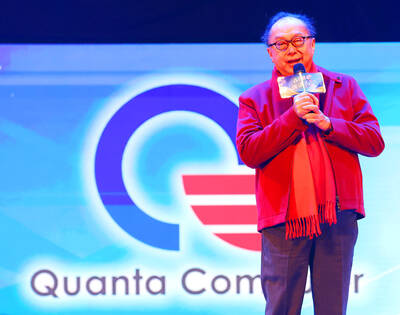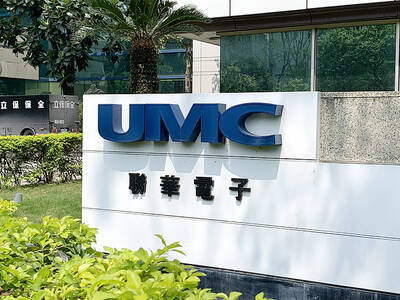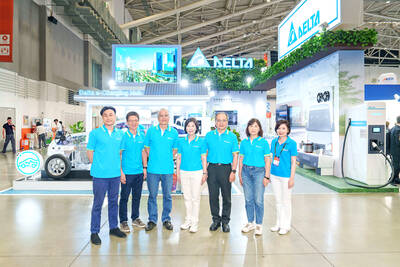Working less, dying more may be the latest trend in Japanese labor.
The ranks of weary Japanese businessmen, red-eyed shop owners and worn out professionals being worked to death shot to a record high last year, according to government figures released this week.
But in a land where hard work is a virtue and dedication to the company often means midnight overtime, people are actually working less than ever because of Japan's sagging economy, which is quagmired in its third recession in a decade.
Companies are cutting back on shifts to trim labor costs and streamlining their assembly lines to churn out more work in less time. Yet rising unemployment has only increased the onus of making ends meet -- and more people are becoming aware of cases of overwork and reporting incidents.
"It's a vicious circle," said Masahiko Okudaira, a doctor who advises victims of overwork. "It's not only a medical problem, but a social problem partly related to the economy."
Since first being recognized by the Health Ministry in 1987, death from overwork, known here as "karoshi," has steadily increased from 21 cases then to 143 last year.
From brain aneurisms to strokes and heart attacks, karoshi strikes a wide range of people, but factory workers, doctors and taxi drivers are hit the hardest. It is sometimes triggered by logging as many as 50 overtime hours in one week.
Last year saw a 68 percent increase in deaths over the 85 logged in 2000, but Health Ministry officials say that's not all bad news.
The jump was due largely to a redefinition of karoshi to encompass up to six months of accumulated work-related stress and fatigue instead of the previous standard of just one week.
"We thought more victims needed to be helped, that's why we relaxed the standards," said Health Ministry official Kazuyuki Matsumoto, adding that it would be easier to spot victims before their conditions turned fatal.
Even by the old standard, however, last year would have been a record with 96 deaths.

Quanta Computer Inc (廣達) chairman Barry Lam (林百里) is expected to share his views about the artificial intelligence (AI) industry’s prospects during his speech at the company’s 37th anniversary ceremony, as AI servers have become a new growth engine for the equipment manufacturing service provider. Lam’s speech is much anticipated, as Quanta has risen as one of the world’s major AI server suppliers. The company reported a 30 percent year-on-year growth in consolidated revenue to NT$1.41 trillion (US$43.35 billion) last year, thanks to fast-growing demand for servers, especially those with AI capabilities. The company told investors in November last year that

United Microelectronics Corp (UMC, 聯電) forecast that its wafer shipments this quarter would grow up to 7 percent sequentially and the factory utilization rate would rise to 75 percent, indicating that customers did not alter their ordering behavior due to the US President Donald Trump’s capricious US tariff policies. However, the uncertainty about US tariffs has weighed on the chipmaker’s business visibility for the second half of this year, UMC chief financial officer Liu Chi-tung (劉啟東) said at an online earnings conference yesterday. “Although the escalating trade tensions and global tariff policies have increased uncertainty in the semiconductor industry, we have not

Intel Corp has named Tasha Chuang (莊蓓瑜) to lead Intel Taiwan in a bid to reinforce relations between the company and its Taiwanese partners. The appointment of Chuang as general manager for Intel Taiwan takes effect on Thursday, the firm said in a statement yesterday. Chuang is to lead her team in Taiwan to pursue product development and sales growth in an effort to reinforce the company’s ties with its partners and clients, Intel said. Chuang was previously in charge of managing Intel’s ties with leading Taiwanese PC brand Asustek Computer Inc (華碩), which included helping Asustek strengthen its global businesses, the company

Power supply and electronic components maker Delta Electronics Inc (台達電) yesterday said it plans to ship its new 1 megawatt charging systems for electric trucks and buses in the first half of next year at the earliest. The new charging piles, which deliver up to 1 megawatt of charging power, are designed for heavy-duty electric vehicles, and support a maximum current of 1,500 amperes and output of 1,250 volts, Delta said in a news release. “If everything goes smoothly, we could begin shipping those new charging systems as early as in the first half of next year,” a company official said. The new